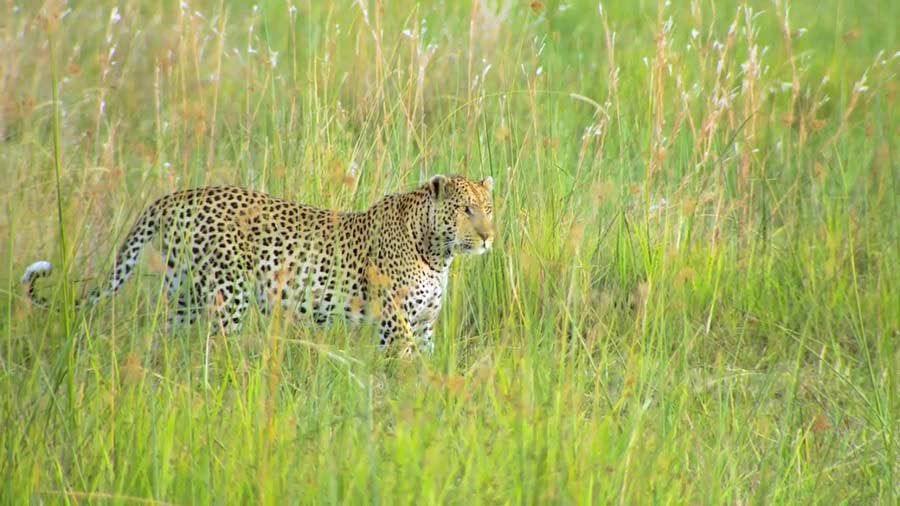Waterworld Africa episode 2: For the animals of the Okavango Delta, life itself depends on a fortuitous natural anomaly: a river that cuts through the mighty Kalahari Desert. Embark on a tour of this accidental paradise, where a colorful ecosystem of plants, animals, and birds flourish in the unexpected abundance.
Embark on a safari to a diverse and astonishing wilderness, like no other on Earth. From the mangrove forests of southern Africa to the natural abundance of the Okavango Delta, this series is a powerful testament to the amazing ability water has to spark life where none existed before.
Waterworld Africa episode 2
Okavango Delta
The Okavango Delta in Botswana is a swampy inland delta formed where the Okavango River reaches a tectonic trough in the central part of the endorheic basin of the Kalahari. All the water reaching the delta is ultimately evaporated and transpired and does not flow into any sea or ocean. Each year, about 11 cubic kilometres (2.6 cu mi) of water spread over the 6,000–15,000 km2 (2,300–5,800 sq mi) area. Some flood waters drain into Lake Ngami. The area was once part of Lake Makgadikgadi, an ancient lake that had mostly dried up by the early Holocene.
The Moremi Game Reserve, a National Park, is on the eastern side of the Delta. The Delta was named as one of the Seven Natural Wonders of Africa, which were officially declared on 11 February 2013 in Arusha, Tanzania. On 22 June 2014, the Okavango Delta became the 1000th site to be officially inscribed on the UNESCO World Heritage List.
Kalahari Desert
The Kalahari Desert is a large semi-arid sandy savanna in Southern Africa extending for 900,000 square kilometres (350,000 sq mi), covering much of Botswana, parts of Namibia and regions of South Africa. It is not to be confused with the Angolan, Namibian and South African Namib coastal desert, whose name is of Khoekhoegowab origin and means “vast place“.
Due to its low aridity, the Kalahari supports a variety of flora. The native flora includes acacia trees and many other herbs and grasses. The kiwano fruit, also known as the horned melon, melano, African horned cucumber, jelly melon, or hedged gourd, is endemic to a region in the Kalahari Desert.
Even where the Kalahari “desert” is dry enough to qualify as a desert in the sense of having low precipitation, it is not strictly speaking a desert because it has too dense a ground cover. The main region that lacks ground cover is in the southwest Kalahari (southeast of Namibia, northwest of South Africa and southwest of Botswana) in the south of the Kgalagadi Transfrontier Park.
For instance in the ZF Mgcawu District Municipality of South Africa, total vegetation cover may be as low as 30.72% on non-protected (from cattle grazing) farmlands south of Twee Rivieren Rest Camp and 37.74% in the protected (from cattle grazing) South African side of the Kgalagadi Transfrontier Park: these southernmost Kalahari xeric savanna areas are truly semi-deserts. However, in all the remaining Kalahari, except on salt pans during the dry season, the vegetation cover can be clearly denser, up to almost 100% in some limited areas.




